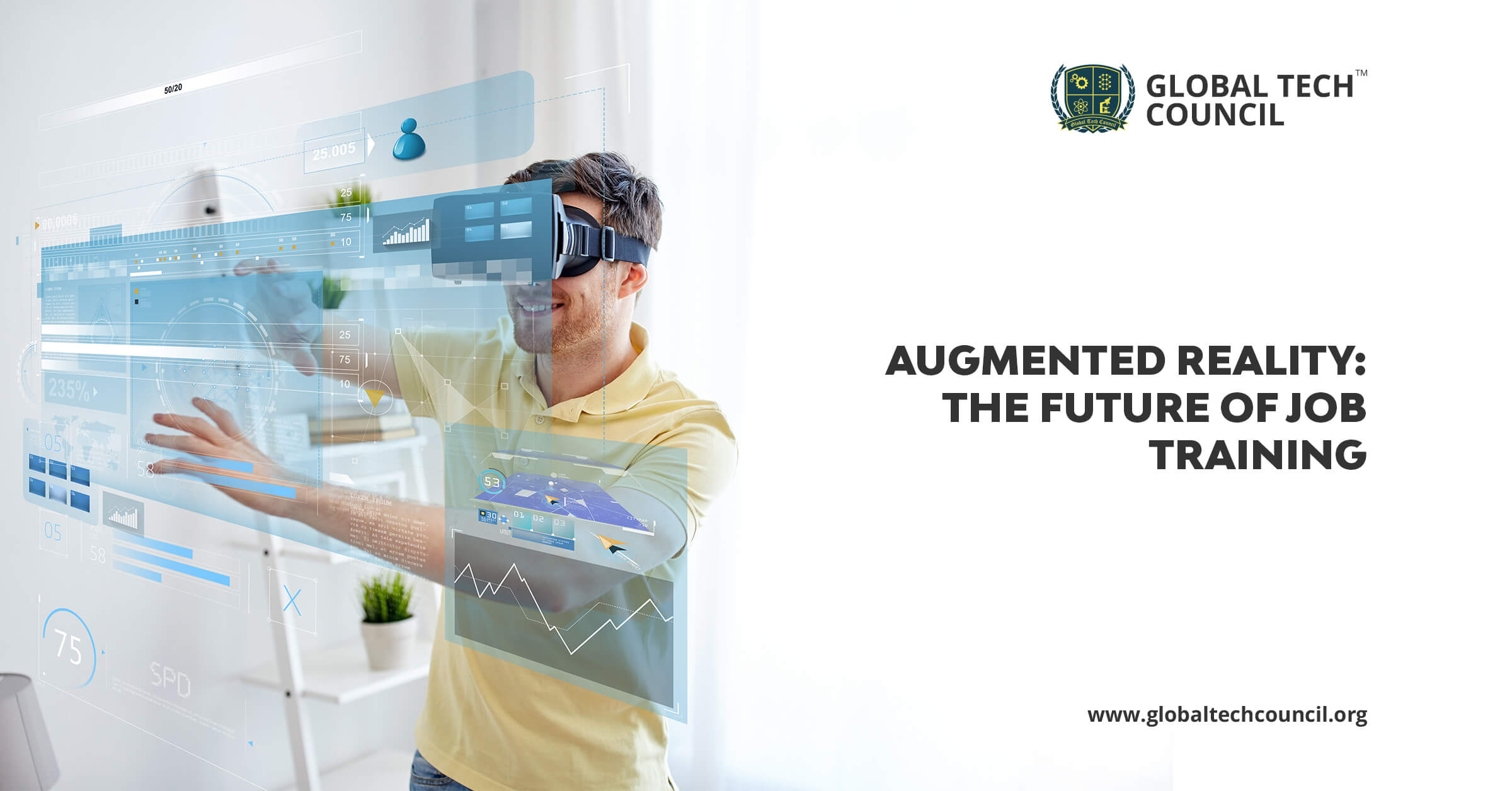
Technological improvements have introduced a plethora of excellent materials. Materials to support the business. These technologies are further generally used for a broad range of purposes. However, the content is growing nearly every day. Augmented reality or AR is one example of such a technology that benefits society. Furthermore, there are a number of ways to use this innovation, and its existence in the business may be beneficial for various reasons.
Rather than creating a complete shift in surroundings like virtual reality. Augmented Reality changes parts of the present world. This alteration of reality has three distinguishing characteristics. It further includes real-time integration of the digital world and realism and precise three-dimensional identification of both worlds are among these qualities. Similarly, Augmented Reality hardware is widely available in the real world. Most contemporary mobile phones contain everything required for Augmented Reality, it further includes a CPU, input devices, and display monitors. Cameras, GPS, solid-state compasses, and motion sensors are essential instruments. Today in this post, we will share some benefits and the future of augmented reality.
Benefits of Using Augmented Reality
1. The actual expenses of Augmented Reality training equipment can be costly. The equipment is recyclable, and most individuals already have technology in the guise of a smartphone. AR headgear and applications may be able to eliminate the need for expensive seminars as well as training.
2. The idea that individuals learn by just doing has some merit. But, we should not forget that Augmented Reality allows for hands-on education in an organized, interactive environment. Students can practice job functions in actual time. With gadgets connected, at their speed, and with no pressure from customers, bosses, or desired outcomes.
3. As per Augmented Reality experts, it can assist in reducing employee reliance. It further allows them to execute their core responsibilities more regularly.
4. Even for experienced professionals, there are additional possibilities for learning. On-demand education is also an option.
5. Some activities are risky by nature, and preparing for them may be just as deadly. Augmented Reality lets new workers perform these activities without risking damage or putting themselves in danger.
Now let’s Augmented Reality can change the future of Job Training:
Accenture laboratories and Meta, two certified Augmented Reality developer companies, further opted to share the findings of the research. Research into the actual uses of Augmented Reality in the industry at the final moment of 2017.
The businesses chose the International Symposium on Mixed. As well as Augmented Reality of the Institute of Electrical and Electronics Engineers or IEEE. As the venue for their demonstration. The study demonstrates the value of technologies in delivering procedural guidelines.
Furthermore, an arbitrary group of women and men between the ages of 17 and 65 were asked to construct a simple Lego tower set as part of their experiment. Three groups of people were used as test subjects. The first will be given traditional paper guidelines. The second will be given a fixed three-dimensional Augmented Reality representation of the commands. The last group will be assigned a dynamic three-dimensional Augmented Reality model to put together.
The findings were drastically different, with the third category coming out on top. There were three main reasons for their building success, according to the results.
1. The use of three-dimensional models eliminates the requirement to understand instructions. Furthermore, the participants didn’t need to translate the two-dimensional blueprints into three-dimensional pieces.
2. Guidance may be co-located with the assembly using Augmented Reality technology. This benefit further cuts down their time, switching their focus between the guidelines and the work at hand.
3. Augmented Reality certification commands delivered synchronously with the development. They are shortening the time between learning, implementation, and accomplishment and as a result, dynamic directives maximize the efficiency of the research subject.
Other Important Findings:
Researchers found that the team with static three-dimensional guidance has slower construction times than the unit with written instructions after accumulating information from all three different groups. At the same time, the fact that the stationary three-dimensional group was the poorest is unexpected. It emphasizes the necessity of dynamic inputs.
Some live examples of AR Training
Augmented Reality is already used in a variety of industries. Similarly many shop outlets utilize augmented reality to mimic complex consumer interactions. Next-generation AR technology is most visible in the healthcare and aviation industries As well as industry and defense.
1. Space:
Augmented reality allows the aerospace sector to view parts overlayed on genuine models. Also, have quick access to complicated guidelines. Some of these technologies, similar to those used in healthcare. Can assist trainees in preparing for real-life scenarios. Scientists may plan future missions from the convenience of their desks. Thanks to software that can recreate Mars’ terrain.
2. Army:
The United States military uses AR Certification in combat practice to mimic situations that need situational as well as operational alertness. This training aids soldiers in differentiating between friends and foes and acquiring the necessary tools to be conscious and aware. Location and pressures may be more frequent and detailed with this innovation.
3. Healthcare:
Getting hands-on practice doing treatments without danger is difficult in medical science, they further have augmented reality aids in removing this hurdle by allowing medical trainees to understand anatomy and perform operations. Trainees can utilize mirrored holographic images of their bodies. Thanks to anatomy applications and other technology.
Conclusion
Any firm that appreciates a competent staff must be capable of implementing systems and practices and must invest in staff training, but, staff training is likewise, expensive. Training new workers takes time away from a company’s capacity to respond to staffing shortages and gaps in skills. While incorporating AR technology into your employee training program may cost a very high initial cost. The firm will see a quick return on expenditure. You may anticipate more rapid skill development. Better training knowledge retention, resulting in a well-trained staff. Capable of performing any aspect of their profession.
